
Drawing is an important part of art and design. It serves as a way to express yourself and feelings creatively. Additionally, different drawing styles let artists show emotions and ideas in many ways. From realistic drawing to freeform doodling, each style brings its own distinct flavor to the world of visual art. Also, knowing the various drawing styles not only develops an artist’s skill set. It also opens up new avenues for experimentation and innovation. So in this post, let’s explore different drawing styles can significantly influence and enhance your creative journey.
Different Drawing Styles
- Sketch Drawing
- Realistic Drawing
- Abstract Drawing
- Cartoon Drawing
- Line Drawing
- Surrealist Drawing
- Doodling
- Technical Drawing
- Typography Drawing
- Mixed Media Drawing
- How to Choose the Right Drawing Style
Sketch Drawing
Sketch is a foundational practice in the world of art. It serves as the initial stage of many artistic creations. Known for its loose, quick, and exploratory nature, it allows artists to experiment without the pressure of creating a final piece. Furthermore, sketches are created using simple tools like pencils, charcoal, or ink. Thus focusing on capturing the essence of the subject rather than intricate details. Also, this drawing style is highly valued for its spontaneity and ability to convey the raw energy of the artist’s vision. Lastly, there are some tools now that provides photo to sketch conversion.
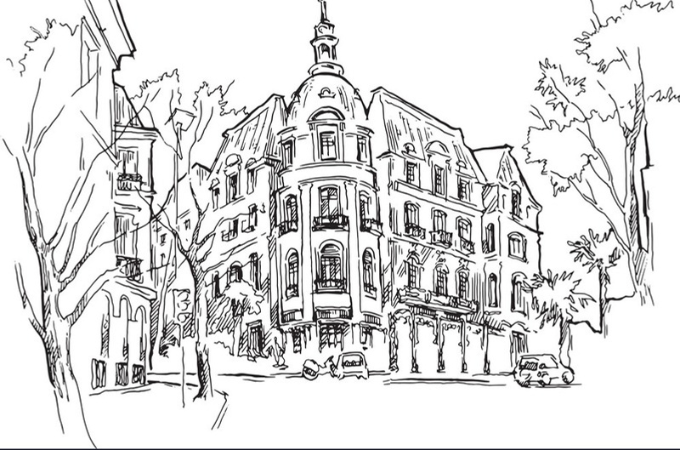
Examples of Sketch Drawing
- Portrait Sketches
- Architectural Sketches
- Nature and Landscape Sketches
- Concept Art Sketches
Realistic Drawing
Realistic drawing is an artistic style that aims to depict subjects as accurately and true-to-life as possible. Meanwhile, this approach emphasizes meticulous attention to detail. Artists who practice realistic drawing work to create images that mirror the appearance of their subjects. Additionally, the goal is to make the artwork look as if it could almost be a photograph. In fact, realistic drawing requires a deep understanding of observation. Finally, the artist usually studies the subject intensely to render every detail with precision.
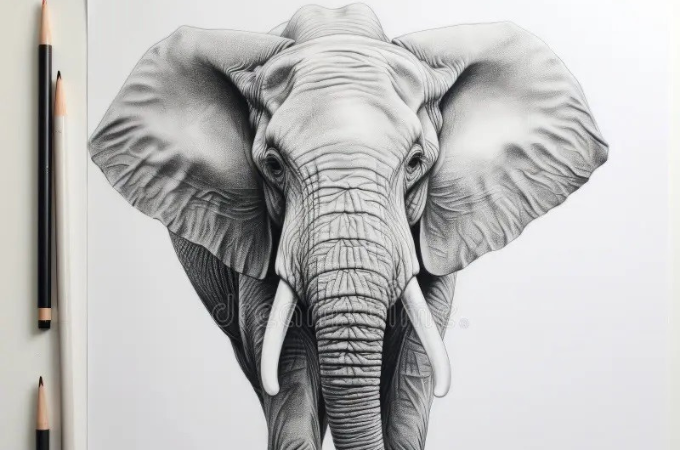
Examples of Realistic Drawing
- Portraits
- Landscapes
- Still Life
Abstract Drawing
Abstract drawing is a style of art that moves away from realistic representation. It usually focuses on the use of shapes, forms, colors, and lines to show ideas, emotions, or concepts. Unlike realistic drawing, abstract drawing often abandons recognizable subjects altogether. Instead, it emphasizes the expressive potential of visual elements. Thus allowing artists to express feelings in a more interpretive and symbolic manner. Lastly, it is a liberating and imaginative style that offers artists the freedom to explore beyond the constraints of reality.
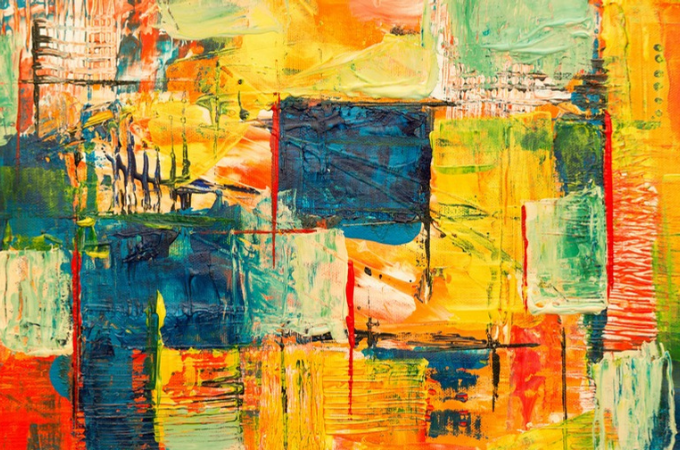
Examples of Abstract Drawing
- Abstract Art
- Non-Representational Drawings
Cartoon Drawing
Cartoon drawing is a distinctive and widely recognized style of art. It is often shown in forms of exaggerated features and playful themes. Unlike realistic drawing, it focuses on simplification and stylization. Moreover, it involves the use of bold lines, simplified shapes, and vibrant colors to create scenes and characters. Also, you can see cartoon drawing in various forms of media. As it focuses on exaggerated features, playful themes, and a bold visual style, cartoon drawing offers a unique way to tell stories, express ideas, and entertain.
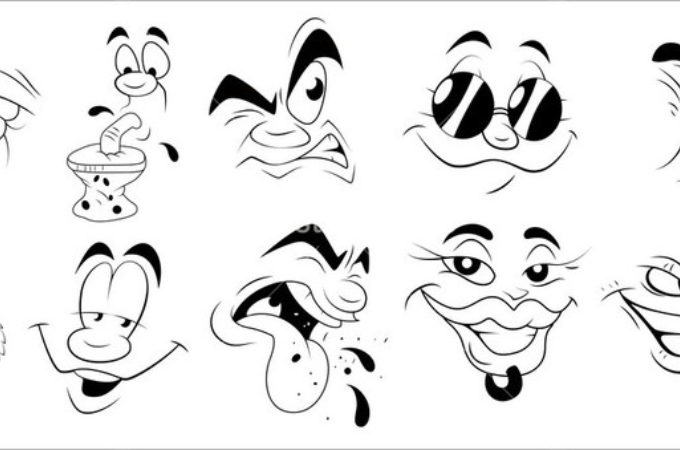
Examples of Cartoon Drawing
- Comics
- Caricatures
- Animation Sketches
Line Drawing
One of the styles that shows meaningful small aesthetic drawings is line drawing. It is a minimalist and versatile art style that relies on the use of lines to create images. Moreover, artists use lines of varying lengths, thicknesses, and directions to represent shapes, forms, and textures. Unlike other drawing styles, it focuses on the purity and simplicity of the line itself. Also, this style is valued for its ability to express complex ideas and forms with minimal visual elements. Thus making it a powerful tool in both fine art and design.
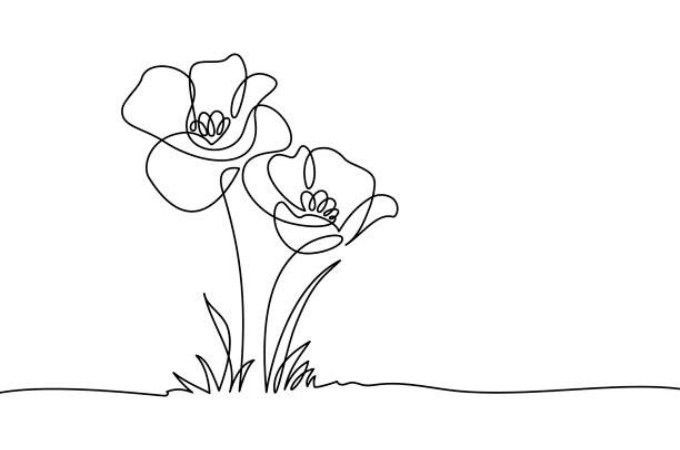
Examples of Line Drawing
- Sketches
- Contour Drawing
- Architectural Designs
Surrealist Drawing
Surrealist drawing is an art style that blurs the lines between reality and fantasy. It creates images that challenge the viewer’s perception and imagination. This style is known for its dream-like quality, where ordinary objects and scenes are combined in unexpected and often bizarre ways. Additionally, it seeks to tap into the unconscious mind. Thus allowing artists to explore themes of desire, fear, and other elements that don’t normally coexist in the real world. In surrealist drawing, reality is distorted, and the impossible becomes possible. In fact, the artist’s goal is to provoke thought and stir the subconscious.
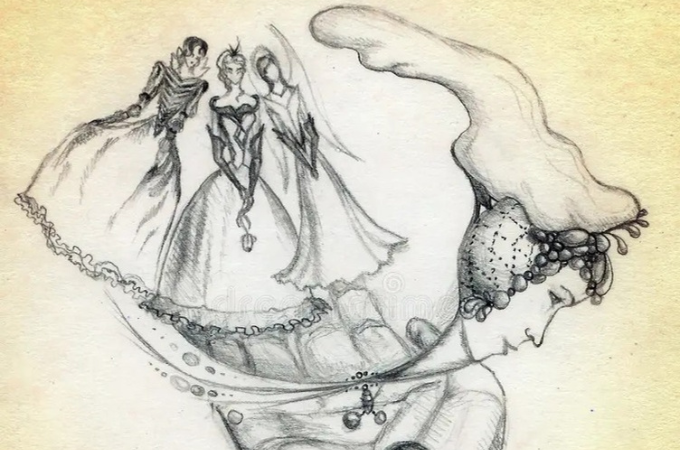
Examples of Surrealist Drawing
- Dream-Like Scenes
- Imaginative Landscapes
Doodling
One of the cute art styles that exist is Doodling. This style is a spontaneous and informal form of drawing that often occurs in moments of distraction or relaxation. Compared to other forms, doodling is more casual and unplanned in nature. Also, it involves creating simple, often repetitive marks or patterns without the intent of producing a finished artwork. Furthermore, doodles are typically created in notebooks, margins of documents, or on any available surface. Lastly, doodling is a perfect way to pass the as it offers a simple way to engage with art in a carefree and enjoyable manner.
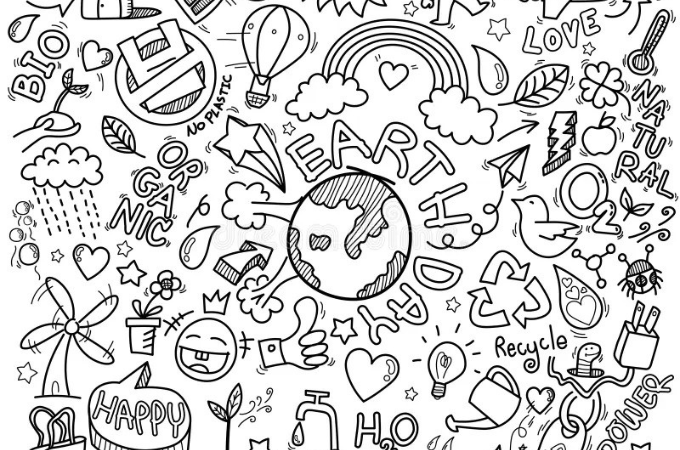
Examples of Doodling
- Notebook Sketches
- Freeform Patterns
Technical Drawing
A form of specialized art form is Technical drawing. In fact, you can see this in engineering, architecture, and other fields that require exact representation of complex structures and systems. Unlike expressive art forms, technical drawing prioritizes precision, clarity, and accuracy. Additionally, it aims to show detailed information about the dimensions, materials, and construction methods of a project. Also, the drawings serve as essential tools for planning, designing, and communicating technical concepts. Thus ensuring that all aspects of a project are clearly understood and executable.
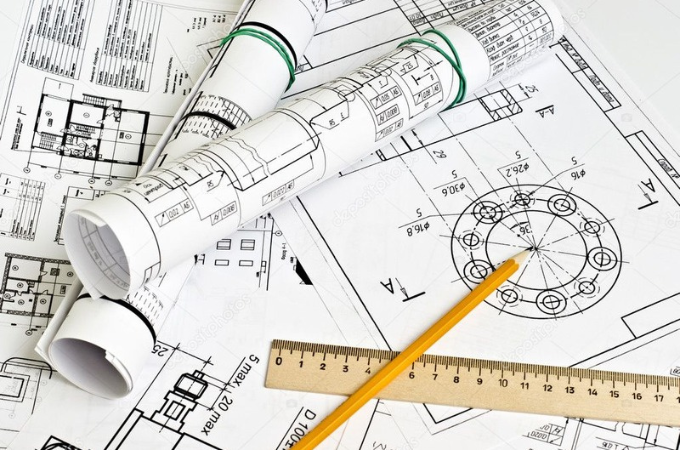
Examples of Technical Drawing
- Blueprints
- Schematics
Typography Drawing
Typography drawing is an artistic practice that merges drawing with typography. Also, it aims to craft visually engaging, stylized text-based art. Furthermore, it focuses on the design and arrangement of letters, words, and phrases. Thus transforming text into an expressive and decorative element. On the other hand, it involves a deep understanding of letterforms, composition, and the interplay between text and imagery. Lastly, you can mostly see it on various creative fields. From graphic design to advertising, where the visual impact of words is just as important as their meaning.
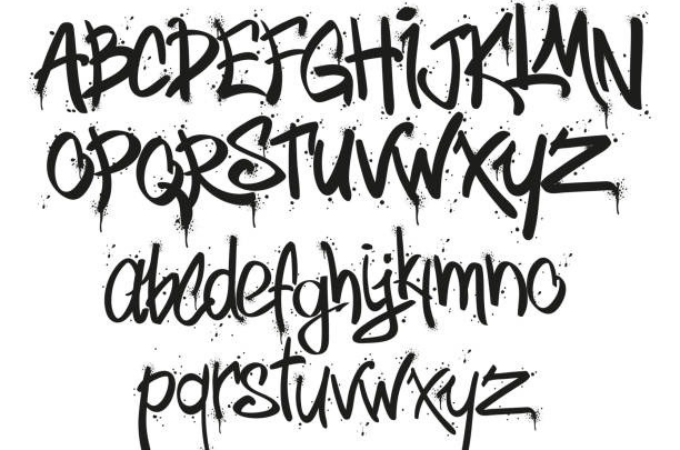
Examples of Typography Drawing
- Hand-Lettering
- Calligraphy
Mixed Media Drawing
The last drawing style on this list is Mixed media drawing. It involves combination of various materials and techniques to create rich, layered compositions. Unlike traditional drawing methods, mixed media drawing encourages artists to experiment with a variety of tools, textures, and surfaces. Meanwhile, this allows for greater creative freedom. Thus enabling artists to explore new ways of expression by blending different artistic practices. Lastly, artists might combine pencil, ink, and paint with non-traditional materials like fabric, paper, or found objects.
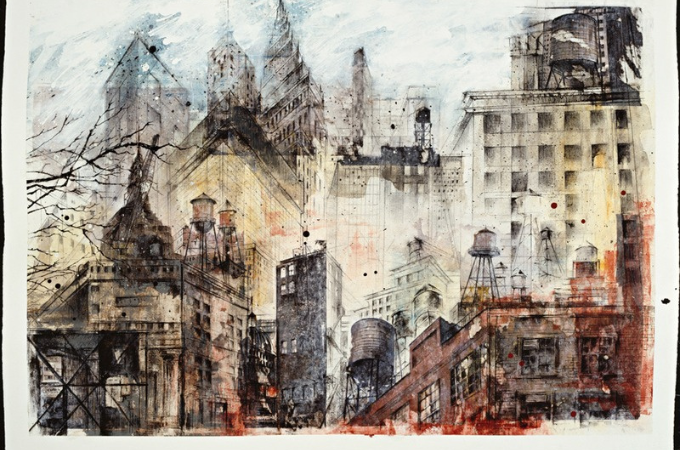
Examples of Mixed Media Drawing
- Collages
- Multimedia Art
How to Choose the Right Drawing Style
Choosing the right drawing style is important. Meanwhile, the selection of a style often depends on a combination of personal preference and the specific requirements of the project at hand. When selecting a drawing style, it’s important to consider what resonates with you personally. Also, your personal connection to a style will influence how motivated and inspired you feel while creating. Additionally, think about the message or emotion you want to convey through your work. For example, a technical drawing might be ideal for communicating detailed information, while a more expressive style like surrealist drawing could be better suited for evoking emotion or curiosity.
Conclusion
Drawing styles are as diverse as the artists who practice them. Each styles offer unique ways to express creativity and convey meaning. From the precise detail of realistic drawing to the whimsical freedom of doodling, these styles allow artists to explore a wide range of emotions, ideas, and perspectives. Understanding and experimenting with various drawing styles not only broadens your artistic abilities but also enriches your creative journey. Whether you’re a seasoned artist or just beginning your artistic path, embracing the diversity of drawing styles will inspire innovation and enhance your ability to communicate through art.

Leave a Comment